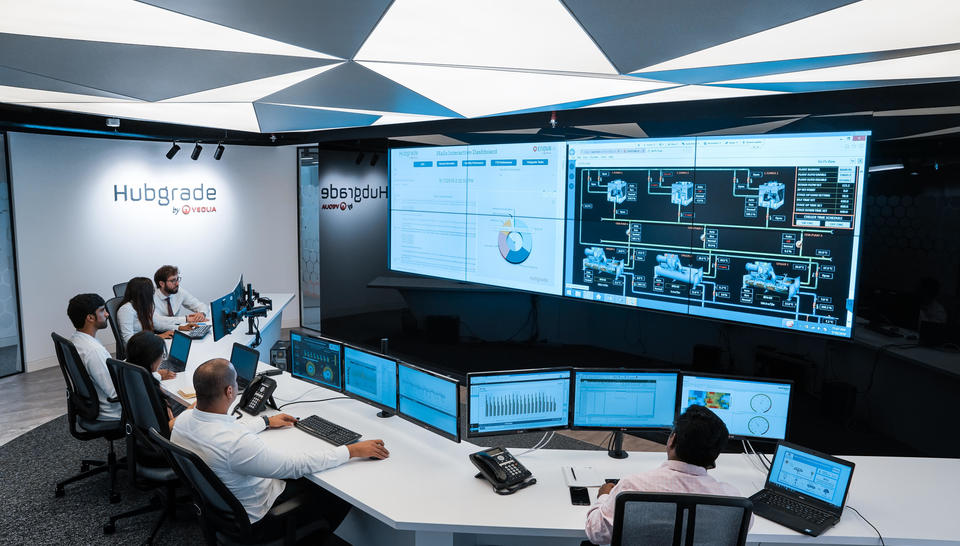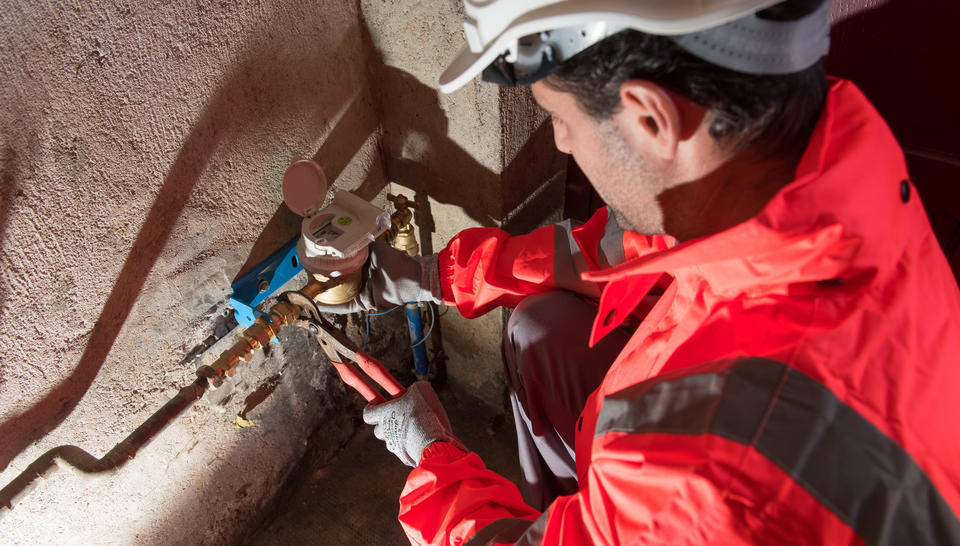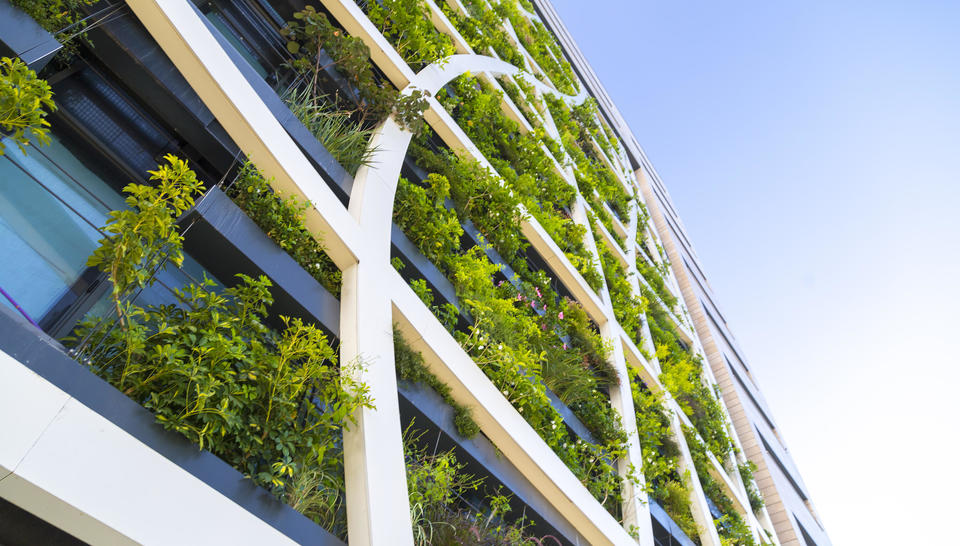In tomorrow’s city, the combat against climate change will be based on smart water management, both to preserve water as a resource and to cool urban areas with low-tech systems.
A worldwide decrease in rainfall, heat waves, increasing periods of drought, an aggravation of the urban “heat island” effect… Climate deregulation puts growing pressure on water resources – including in France – while the demand for water in urban areas is forecast to increase, worldwide, by 80% by 2050, creating water stress in numerous large cities across the world.
To ensure their attractiveness and sustainability, future smart cities are banking on the improved management of what is now called “blue gold”. This is particularly the case when they already have to deal with periods of drought, as in Barcelona, which in recent years has developed a system of underground sensors linked to the city’s irrigation system to anticipate shortages and stop municipal watering when necessary.
Smart water meters
This type of response could well become more widespread in years to come and step up the use of smart water meters, introduced some ten years ago. Their am is to ensure the detailed, personalised tracking of water consumption to limit waste. Veolia’s TéléO remote meter-reading offer in France and Europe gives householders, companies and local authorities constant access to their water meters, bills them on the basis of their real consumption, and immediately detects any incidents or risks in their installations (leaks, freezing, etc.) This has often led to substantial water savings: in the municipal buildings of Saint-Amand-Montrond (Centre-Val de Loire), 5,500 m3 of water have been saved each year, the equivalent of two Olympic swimming pools.
The same principle has been introduced for water distribution networks, which are also destined to become increasingly “smart”. Laure Simon, head of the TéléO project for Veolia Eau France, explains: "Sensors installed on the network enable us to monitor water quality, curb losses, detect leaks or acts of vandalism (on fire hydrants, for example). Using smart meters, we can track the real impact of a consumption restriction stoppage, and consider introducing a more finetuned, dynamic pricing system, by increasing the price per litre of water when the pressure on resources is at its highest."
"Sensors installed on the network enable us to monitor water quality, curb losses, detect leaks or acts of vandalism."
Water in the smart city
These systems could ultimately be incorporated into the connected objects ecosystem upon which tomorrow’s “smart city” will be based. “ Two years ago, we took a technological turn based on the communication technologies of the future, which are used in the world of the Internet of Things (IoT),” says Laure Simon. With its subsidiary Birdz, Veolia will use the Orange LoRa network to connect 70% of its meters remotely by 2027. “These technologies are interoperable [Ed.: they use equipment and a software that can be used by any operator], so are easy to integrate into the smart city”: lighting, parking, waste collection… Everything will be able to operate together.
"Two years ago, we took a technological turn based on the communication technologies of the future, which are used in the world of the Internet of Things (IoT)."
Hubgrade, Veolia’s smart monitoring centre, works on water management as well as that of energy and waste, with the aim of optimising the use of these resources. In Dubai, for example, this smart city partner should allow for a 30% reduction in water and electricity consumption in seven public buildings.
Low-tech cooling
To remain attractive, the smart city should also be equipped to deal with the effects of climate change. The growing number of heat waves and temperature levels – certain studies forecast heat waves reaching 50°C in Paris by the end of the century – have very real impacts on the comfort and even the health of their citizens.
Fortunately, adapting towns and cities to this new situation has already produced a number of solutions in outdoor areas: white paint on facades to increase albedo, planting urban areas, and humidifying road surfaces and evaporative pavements in pedestrian areas, which attenuate the Urban Heat Island phenomenon and boosts cities’ resilience. Porous surfaces are part of a circular economy approach. Made in Europe, they include crushed scallops and allow the rainwater collected to be re-used. “These porous paving stones absorb rain water and evaporate this water in periods of extreme heat, reducing the perceived temperature by 5-6°C,” says Eric Lesueur, CEO of 2EI, a Veolia subsidiary, referring to demonstrators in Toulouse and Nice. This solution, based on local weather data, is completely autonomous and the cooling performance is monitored remotely.
“I dream of cooling the Place du Capitole in Toulouse, which has all the characteristics of an Urban Heat Island. It’s vast, mineralised, and gets a lot of sun. Air doesn’t circulate much,” he says. “But it is not that easy to introduce evaporative pavements in a place of historical interest. Today, we put them in places that are open to the public, such as waiting areas and schools.”
Resilience requires preparation, step by step, stone by stone.
"I dream of cooling the Place du Capitole in Toulouse, which has all the characteristics of an Urban Heat Island."

In partnership with Usbek & Rica, the media that explores the future





